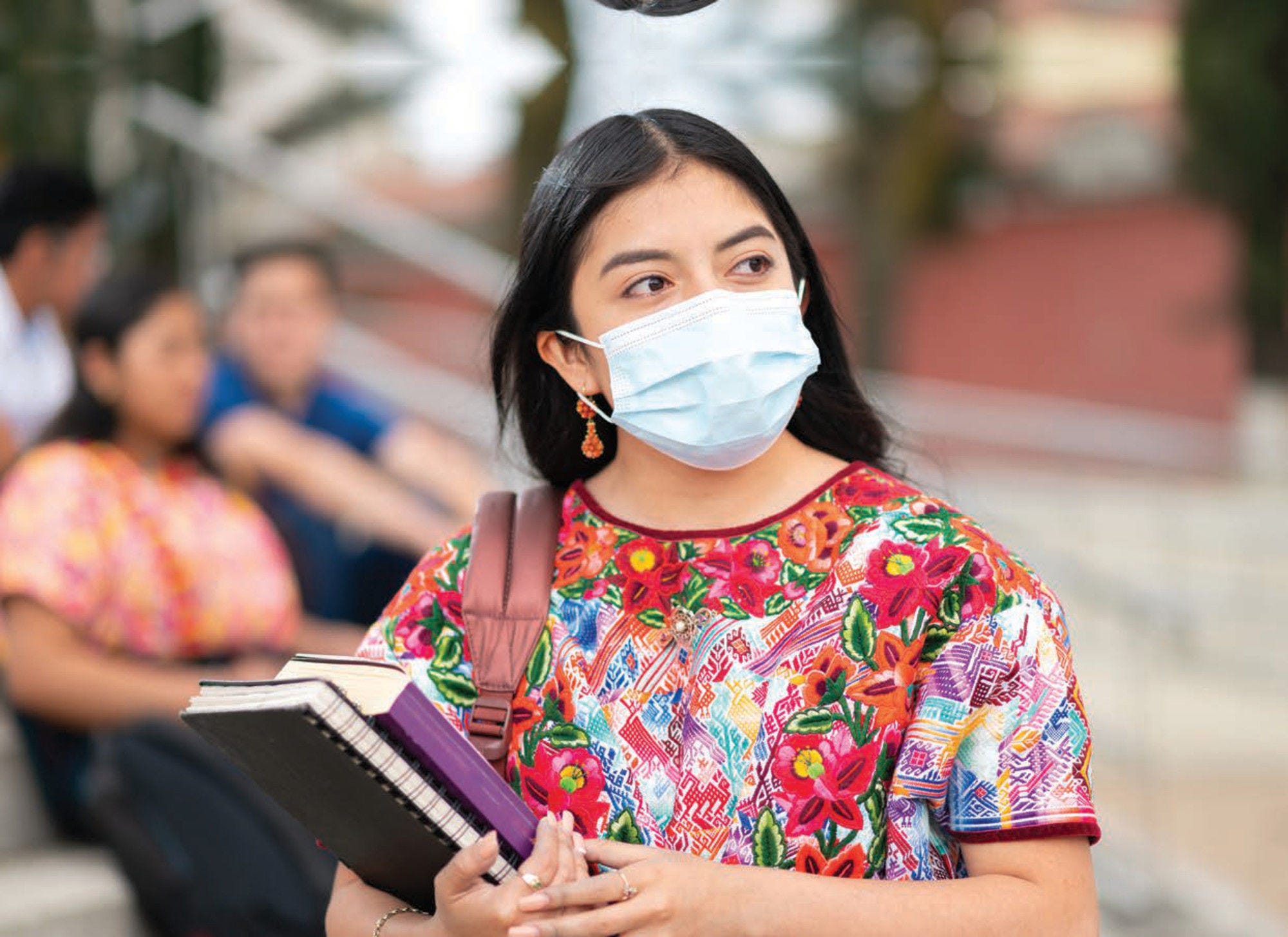Drug use disorders are a growing cause of short- and long-term health problems, economic cost, and social burden. In 2020, an estimated 284 million people, or 5.6% of the global population aged 15‑64, had used drugs in the previous year, while more than 38 million people are estimated to be suffering from drug use disorders (accounting for 13.6% of people who used drugs in the past year). In addition, in 2019 there were more than half a million deaths and 31 million years of “healthy” life lost because of the use of drugs. More than half of the drug related deaths were attributed to liver diseases (UNODC, 2022[1]). Substance abuse refers to the harmful or hazardous use of psychoactive substances, illicit drugs. Psychoactive substance use can lead to dependence syndrome.
Cannabis is globally the most commonly used psychoactive substance under international control. Worldwide, there were an estimated 209 million past-year users of cannabis in 2020, corresponding to 4.1% of the global population aged 15‑64, while the estimate for users of cocaine‑type substances was of 21 million for the same period (UNODC, 2022[1]). There is an increasing demand of treatment for cannabis use disorders and associated health conditions in high- and middle‑income countries, and there has been increased attention to the public health aspects of cannabis use and related disorders in international drug policy dialogues. In 13 LAC countries with data, on average 6.3% of the population reports using cannabis regularly. Prevalence of cannabis use is significantly higher in Jamaica (18%), followed by Uruguay (14.6%), and Chile (12.1%). The lowest consumption is found in Peru, Mexico, Bolivia, Haiti and Colombia, all with less than 3% prevalence (Figure 4.21, left panel).
Traditionally coca leaves have been chewed by people in the Andean countries of South America for thousands of years. The main alkaloid of the coca leave, cocaine, was isolated relatively recently in about 1860. Cocaine was then used in patent medicines, beverages and “tonics” in developed countries in Europe, North America, and in Australia until the early 1900s. It is now widely available as an illicit recreational drug. Regarding cocaine, prevalence in 12 LAC countries with data is 0.91%. Uruguay has the highest rate in the region in 2.1%, followed by Ecuador and Argentina (both at 1.7%), and Costa Rica (1.2%), while cocaine use in most LAC countries is under 1% of the population (Figure 4.21, right panel).
Regarding mortality, Honduras and Guatemala have the highest drug-related death rates, but still almost four times lower than the OECD countries average. Mortality due to drug use disorders has increased in the region in the 2000‑19 period, going from 0.41 to 0.45 age‑standardised deaths per 100 000 population, lower than the increase on average in OECD countries, which went from 2.1 to 5.8 deaths per 100 000 population in the same period. Countries like Argentina and El Salvador have the lowest rates in the region, below 0.2 deaths per 100 000 population. Brazil, Dominican Republic, and Chile experienced the biggest percentual increases during the 2000‑19 period, with rates going up 170% or more, similar to the increase of the OECD average at 175%. Saint Kitts and Nevis, Antigua and Barbuda, and Dominica exhibited a reduction on mortality due to drug use disorders above 30% (Figure 4.22).


